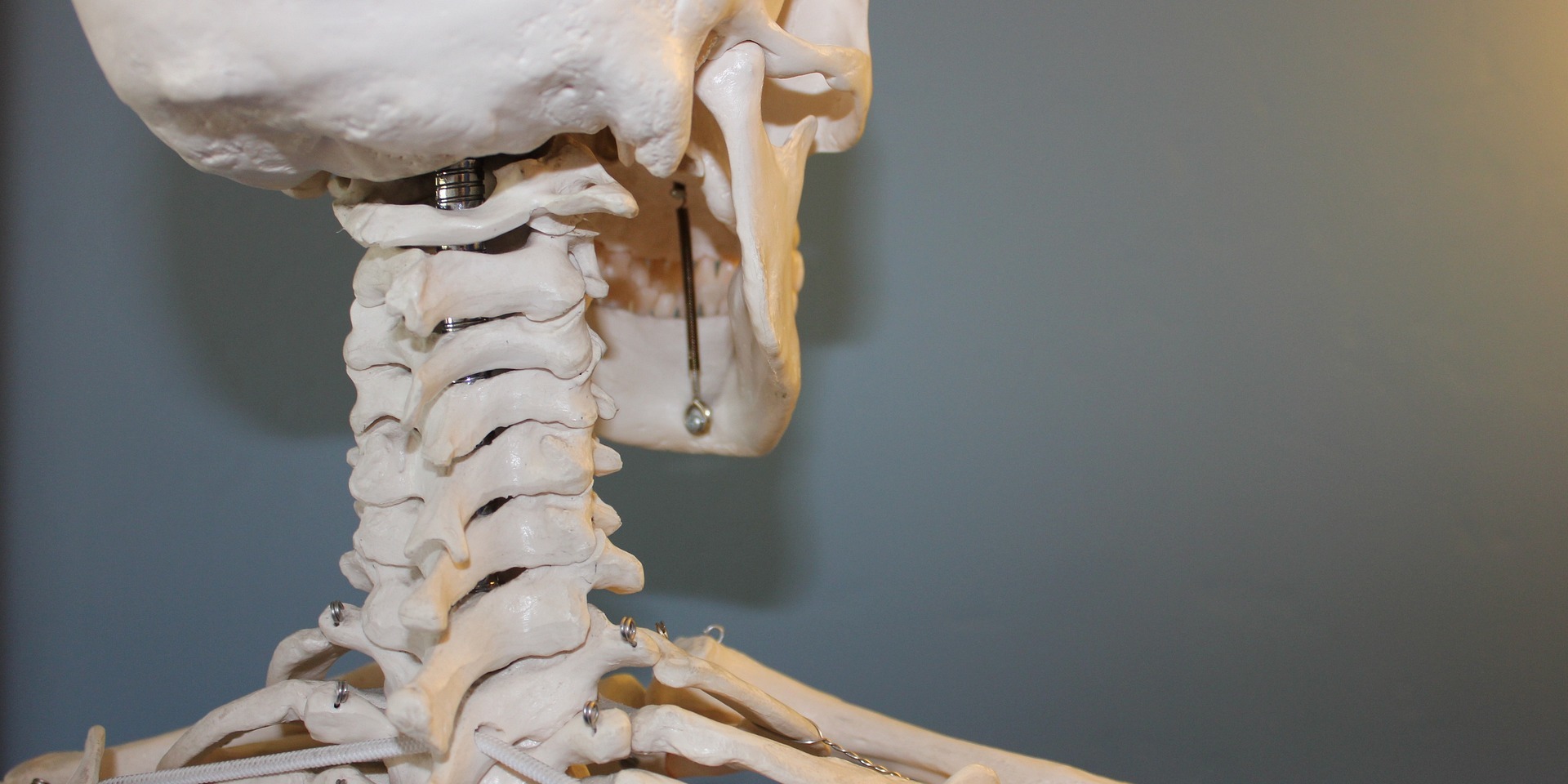The Hidden Hero Of Posture & Low Back Pain
Posted on 27th October 2023 at 12:10
Introduction
When it comes to posture and the prevention of low back pain, most of us immediately think about exercises, ergonomic chairs, or stretches. However, there's a lesser-known hero in the story of spinal health - the C1 vertebra. Located at the top of the spine, this tiny but mighty bone plays a pivotal role in maintaining proper posture and preventing low back pain. In this article, we'll explore the significance of the C1 vertebra, how it influences your posture, and its role in keeping your lower back healthy.
Understanding the C1 Vertebra
The C1 vertebra, also known as the atlas, is the uppermost vertebra in the cervical spine, situated just below the base of the skull. It gets its name from Atlas, the Greek Titan who bore the weight of the world on his shoulders. Likewise, the C1 vertebra carries a significant burden - it supports the weight of your head, which, on average, weighs around 10-12 pounds.
The Role of C1 in Posture
1. Head Alignment: The C1 vertebra serves as the foundation upon which the skull rests. When the C1 is properly aligned, it helps maintain a balanced and upright posture, ensuring your head doesn't tilt forward or to the side.
2. Muscle Tension: A misaligned C1 can lead to imbalances in the muscles that support the neck and head. When these muscles are overworked or strained, it can result in poor posture and neck pain, which can eventually affect the lower back as well.
The Connection Between C1 and Low Back Pain
It might seem counterintuitive, but the alignment of the C1 vertebra can have a cascading effect on the entire spine, including the low back. Here's how:
1. The Kinetic Chain: The spine operates as a kinetic chain, meaning that issues in one area can influence the rest of the spine. When the C1 vertebra is misaligned, it can lead to subtle changes in the curvature of the spine, affecting the alignment of the lumbar (lower) spine.
2. Compensation Patterns: Your body is remarkable at adapting to maintain balance. When the C1 vertebra is misaligned, you may unconsciously adjust your posture to accommodate this misalignment. This can lead to changes in the way you stand, walk, and sit, putting added stress on the lower back.
3. Muscle Compensation: As your body compensates for a misaligned C1, certain muscles in the neck and upper back can become tense and overactive. These muscle imbalances can cause a domino effect, leading to poor posture, instability, and eventually, low back pain.
Addressing C1 Misalignment
If you suspect that your C1 vertebra is misaligned or you're experiencing posture-related issues and low back pain, it's essential to consult a healthcare professional. Here are some common methods used to address C1 misalignment:
1. NUCCA Chiropractic Care: NUCCA Chiropractors are specialists in alignment and treatment of the C1 vertebra.
2. CHEK Practitioners. High level CHEK Practitioners are trained to help clients re-align their C1 vertebra and can then use a holistic approach to health and rehabilitation to help clients maintain the benefits.
3. Physical Therapy: A physical therapist can help you strengthen the muscles that support proper posture and alleviate muscle imbalances caused by C1 misalignment.
4. Ergonomics: Make ergonomic adjustments in your workspace and daily activities to minimize stress on your C1 and, subsequently, your low back.
5. Postural Training: Practicing good posture and engaging in exercises to strengthen your core and back muscles can help maintain spinal alignment.
Conclusion
The C1 vertebra, often overlooked in discussions about posture and low back pain, plays a crucial role in the overall health of your spine. By understanding how the C1 vertebra influences your posture and its potential impact on low back pain, you can take proactive steps to maintain proper alignment, reduce muscle imbalances, and promote a healthy, pain-free back. If you suspect issues with your C1 vertebra, don't hesitate to seek professional guidance to address and rectify any misalignment. A little attention to this often-neglected vertebra can go a long way in ensuring your spine's well-being and your overall quality of life.
Tagged as: Back Pain, Back Rehab Exercises, Chek, Exercise, Holistic Health, Long Term Back Pain, Rehabilitation, sleep, Strength training
Share this post:






